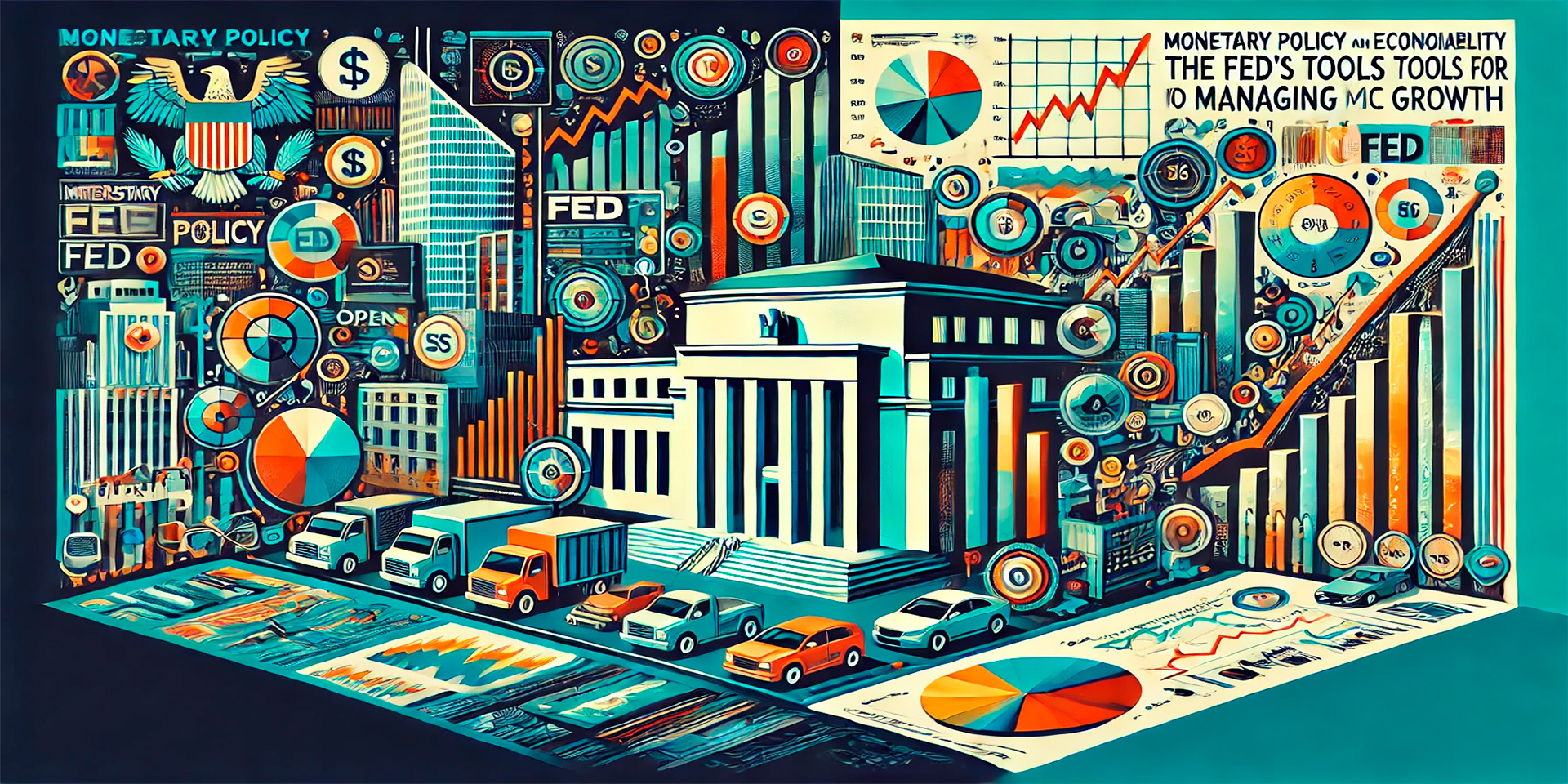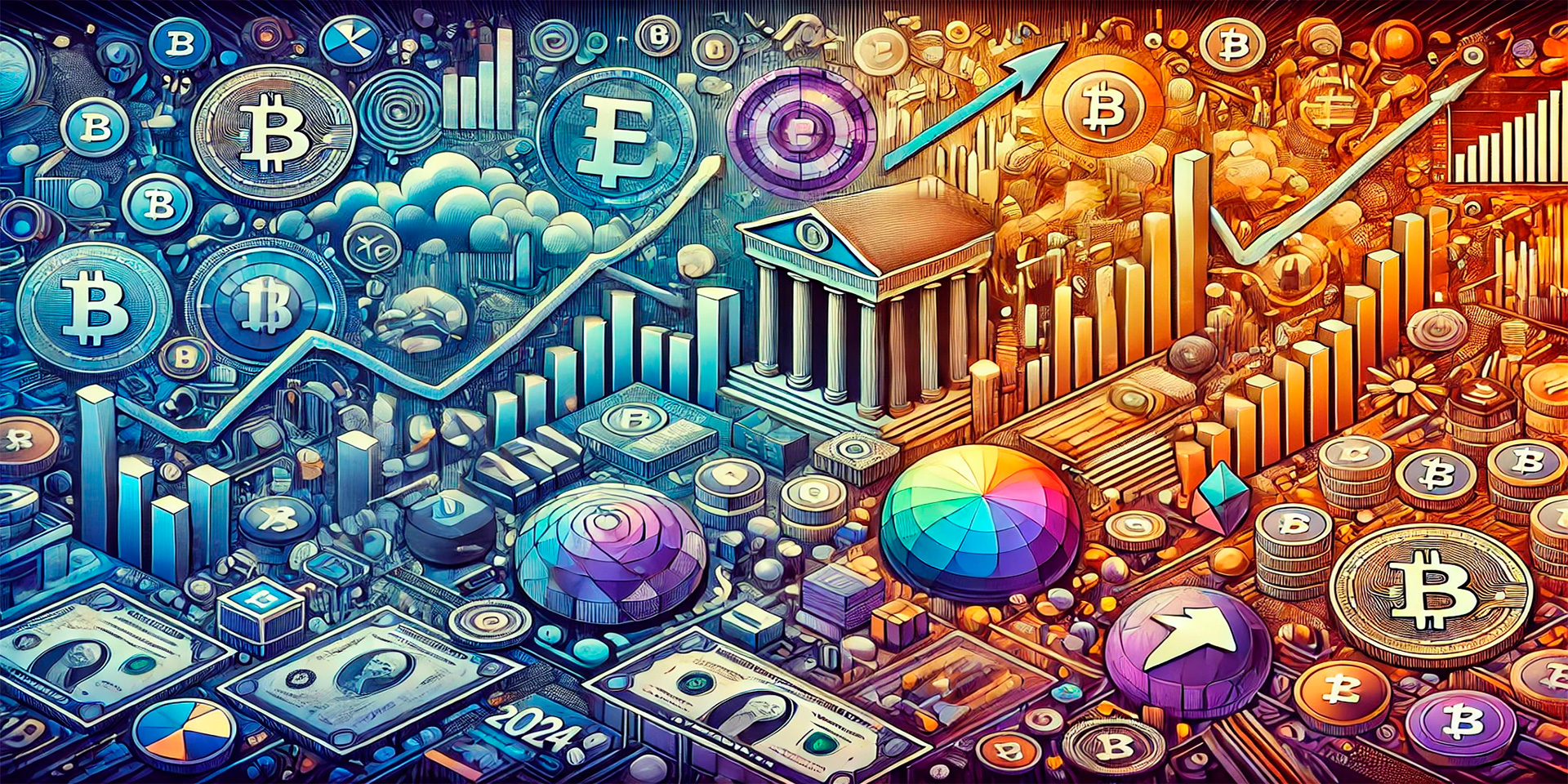Economic stagnation refers to a prolonged period of slow or no growth in an economy. Unlike recessions, where economic activity sharply declines, stagnation is characterized by minimal increases in GDP, high unemployment, and stagnant wages. The effects of economic stagnation can ripple across various sectors, influencing everything from employment to government policy. Understanding what causes economic stagnation and how it impacts both short- and long-term economic growth is essential for businesses, policymakers, and individuals alike
Breaking the Cycle of Economic Stagnation: Policies and Strategies for Recovery


